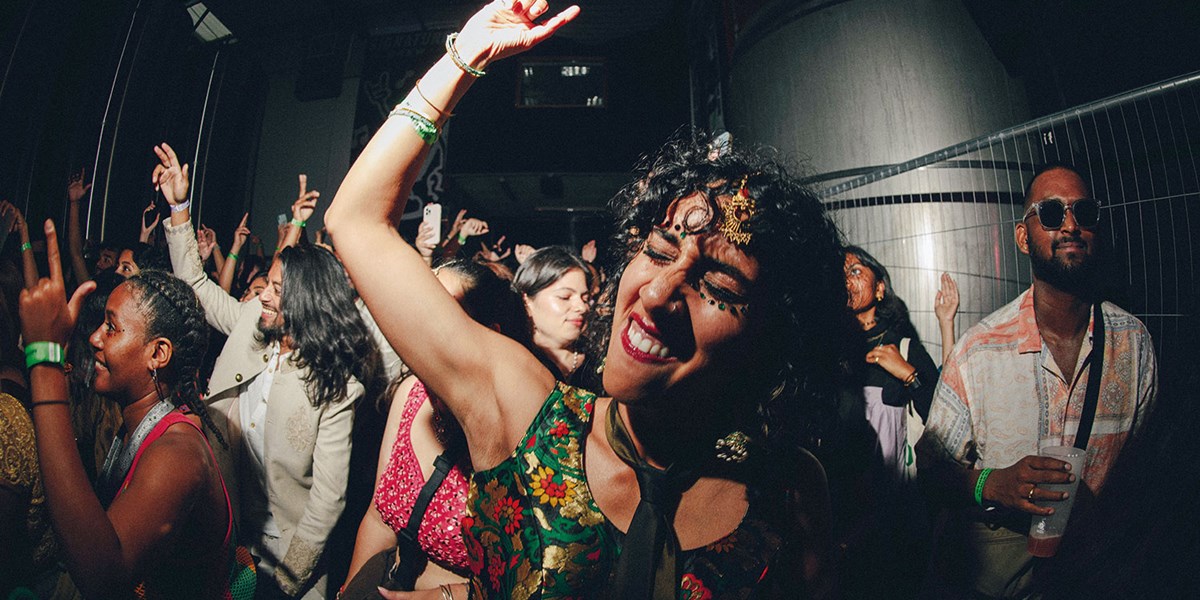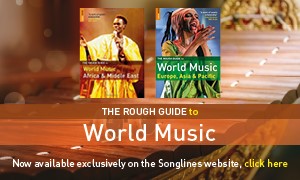Thursday, October 3, 2024
World Building Through World Music
By Erin Cobby
Erin Cobby reports on six projects using music as a platform to build communities and give the systematically marginalised a voice, both now and in the future

Dialled In Festival, 2022 (Yushy)

Register now to continue reading

Thanks for visiting the Songlines website, your guide to an extraordinary world of music and culture. Sign up for a free account now to enjoy:
- Free access to 2 subscriber-only articles and album reviews every month
- Unlimited access to our news and awards pages
- Our regular email newsletters

